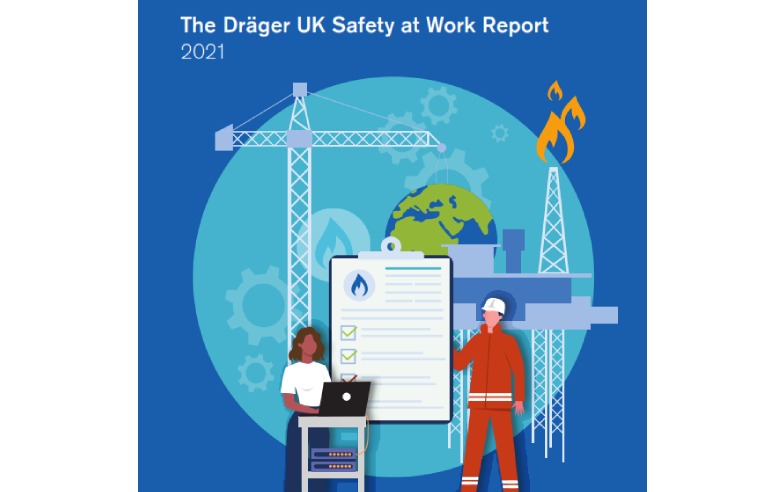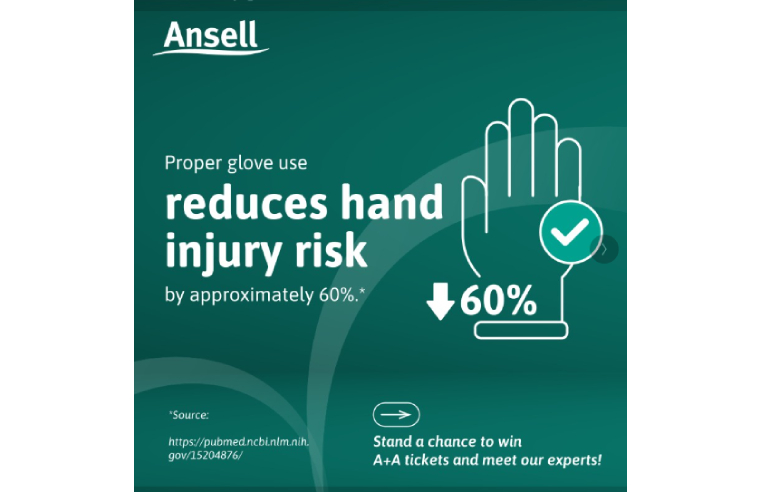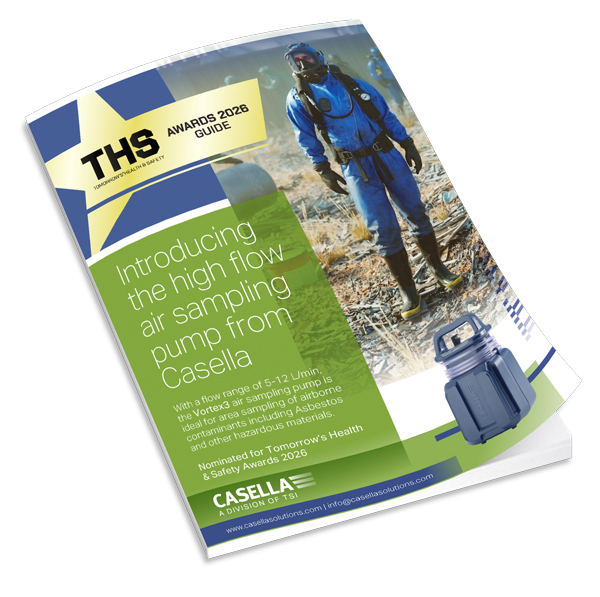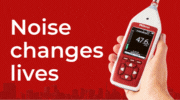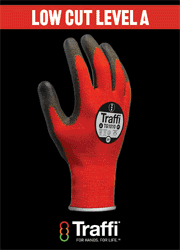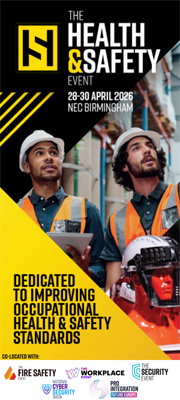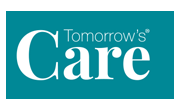A new research report launched today by medical and safety technology company Dräger Safety UK, which assesses the impact of COVID-19, Brexit and workplace culture on health and safety in UK workplaces, warns of an impending crisis as a result of soaring mental health issues and compromises on investment.
Almost three quarters (74%) of managers say their organisation is concerned about workplace impairment and resulting injuries and accidents due to alcohol and drug use. This concern, perhaps unsurprisingly, is highest in the transport and logistics sector (93%).
Despite growing awareness around mental health in the workplace, it is often still seen as a distinctly separate issue from physical health. However, the growing mental health crisis following Covid-19 and the ensuing lockdowns, combined with a lack of awareness regarding the potential side-effects caused by some of the common medical treatments for issues such as depression and anxiety, suggests that the issue is set to become a major challenge to workplace safety in the next year.
According to ONS figures, one in five adults in Britain have experienced symptoms of depression during the pandemic, with young people, disabled people and renters hit the hardest. At the same time prescriptions for benzodiazepines and anti-depressants have dramatically increased.
The side effects of this kind of medication vary but may include drowsiness, dizziness, loss of balance, confusion, or memory loss.
Matthew Bedford, Managing Director of Dräger Safety UK commented: “The research has clearly highlighted that mental health is becoming more prominent in our society and that this has led to an increased use of alcohol and drugs, both legal and illegal.
“It is striking that the research indicates that there is a good level of awareness of the dangers of drugs and alcohol in the workplace – 72% of managers stated that they are fully aware of the risks of workplace impairment. However, this figure drops to 54% when it comes to prescribed medicine, suggesting that there is significant less understanding of the side effects and risks associated with these medications. It is vital that businesses educate themselves better on the potential issues associated with prescribed medications and make workplace safety provisions to support employees.”
More than a third (37%) of employees feel that, aside from COVID-19, they face more day-to-day workplace hazards now than they did than two years ago, a statement particularly true of employees in the emergency services, defence, and healthcare settings (51%).
It is therefore even more significant that despite safeguarding the nation on the front line during the pandemic, the emergency services (along with the defence and security sectors) are those most likely to be affected by compromises in safety investment. 70% of managers in these sectors report an adverse impact due to financial challenges and cost cutting – a concern made more pertinent considering recent figures released showing mental health problems quadrupled in NHS staff during the first wave of the pandemic.
Matthew Bedford concluded: “The paradox of compromises to health and safety as the result of tackling a global health crisis is a question of resources. Business leaders have had to make difficult decisions, but health and safety can no longer be put on the back burner. More than half of managers (52%) believe that the ongoing focus on the pandemic and its consequences will compromise safety investment over the next year.
“Practically speaking, with many training teams on furlough, safety training was hard to come by in the early stages of the pandemic. Whilst in certain instances grace periods have been granted for safety certifications which lapsed over the last year, there is a significant backlog to clear and the potential regulatory implications are significant.
“As businesses get back to the office, and the world starts to open up again after the pandemic, it’s essential to understand the state of health and safety in 2021, from the key concerns to the state of awareness and priorities of business leaders.”
The full report can be downloaded here.






